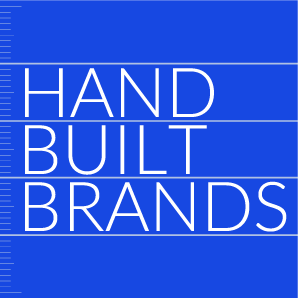What is a rapid prototype video?
We have a 3-step process to creating a 3D animated video.
Story
Rapid Prototype
Full Production
The goal of this article is to explain what a rapid prototype (RP) is and to show you examples of how it differs from the full production version.
How is a Rapid Prototype Video Different from the Full Production version?
The easiest way to explain the difference is to show it. Here are 3 screenshots of videos in the rapid prototype phase versus the full production phase:
Rapid Prototype vs Full Production - A Conceptual, “Our Story” Video
This is what an example script looks like with a visual side (on the left) and the audio narration (on the right).
In the RP, notice that we used rough models with no post-production effects or on screen graphics. In the Full Production version, all of these are added in the production and post process. So, an RP still requires a little bit of imagination, but much less than in a typical process.
Rapid Prototype vs Full Production - A Medical Device Video
In the RP version, we converted STEP files from Solidworks into our 3D animation software and optimized the geometry for our purposes. We used these tools and an anatomical human body model to construct the scenes and take a video of the preview window for a low-resolution render. In the full production version, all of the textures and materials are refined, and we do a very high quality render to get the device as photorealistic as possible.
Rapid Prototype vs Full Production - Energy Equipment Explainer Video
In the RP of this video, we used optimized STEP files of the equipment to get a realistic model of this beam pumping unit. The purpose of this scene was to highlight some of the internals. As you can see, it takes a little imagination, but not a lot to get what this shot is going to look like in full production.
An element we love about this is the clear housing on these gears which allows an educated viewer to see this feature of the equipment for the first time.
For this third version, this video below is the rapid prototype version of the video, and below it, you can see the full production version of the video too. (if you want to get real fancy, click play on both of them and then mute the top version to see the subtle differences in each scene. This works best on a desktop.)
Rapid Prototype (RP) Video
Full Production / Final Video
Why do a Rapid Prototype process?
There's several reasons that we pioneered the rapid prototype process.
First, most people are visual learners. They (we) can't understand how we're trying to tell a story until they see it, and seeing words on paper in a script.
This is what an example script looks like with a visual side (on the left) and the audio narration (on the right).
Second, to be as cost-efficient as possible, it's best to figure out if the story works as you have it constructed. And it's difficult to do that without a visual.
Third, if you're going to have a visual, make it as good as possible while being efficient. It makes no sense to burn production time on something that would never be used. So, we create this previz (previsualization) to get to a final script as quickly as possible.
Fourth, an RP version gives you something that you can use to gather feedback from secondary stakeholders or your audience. By simply saying, "the actual animation will be better, but do you think this accomplishes _______." That's huge.




